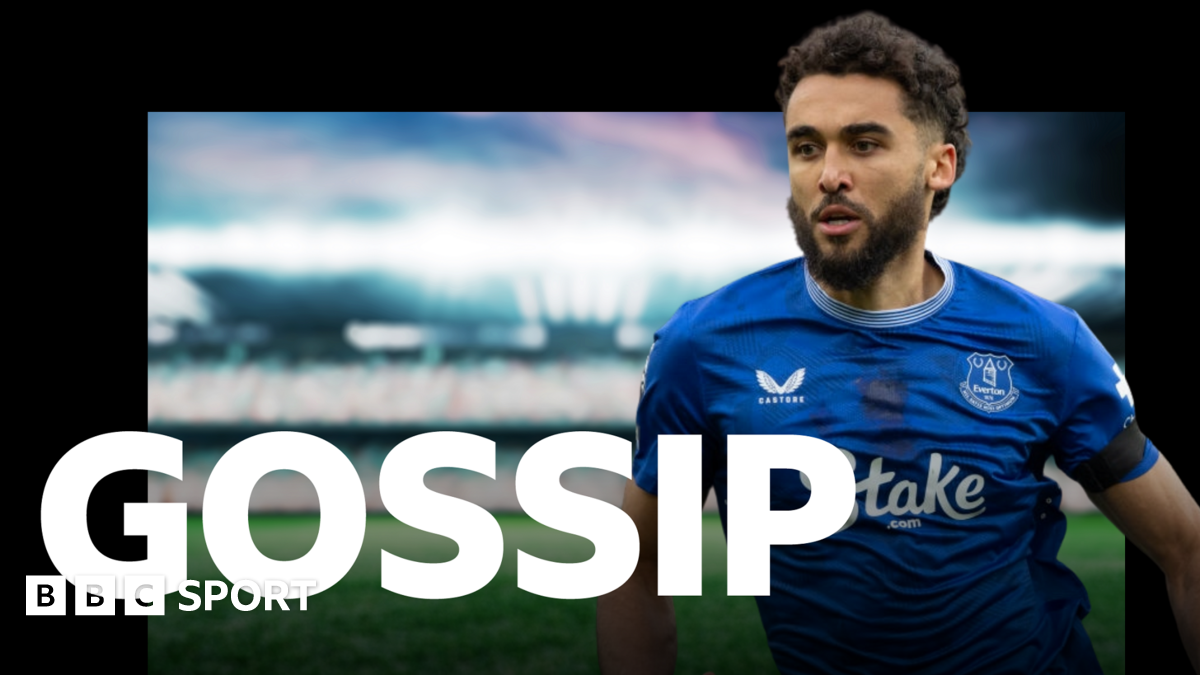
The news of Aston Villa's interest in Dominic Calvert-Lewin, now a free agent after his departure from Everton, presents an intriguing scenario. While securing a player without a transfer fee appears initially advantageous, a deeper analysis of Calvert-Lewin's performance trajectory and potential contract structure reveals crucial considerations for Villa. Examining historical precedents, particularly regarding free transfers, allows us to better understand the risks and rewards involved.
Calvert-Lewin's market value, according to Transfermarkt, peaked in 2021 at around £40.5 million. However, his subsequent performance has been marred by injuries, impacting his consistency and overall output. During his peak, Calvert-Lewin displayed a strong aerial presence and effective hold-up play, crucial in Everton's tactical approach. However, in the past two seasons, his goal conversion rate has declined, raising concerns about his current form. Data suggests a potential decline in key performance indicators such as goals per game, aerial duels won, and shot accuracy.
Historically, free transfers often involve higher wage demands. Players and their agents recognize the absence of a transfer fee as an opportunity to compensate through increased salary and signing bonuses. Analysis of similar situations, such as Sol Campbell's move to Arsenal from Tottenham in 2001, illustrates this point. While Campbell joined Arsenal without a transfer fee, his wage demands were substantial, reflecting his perceived value and the financial savings on the transfer. Aston Villa must, therefore, consider the overall financial package, including wages, bonuses, and potential agent fees, to accurately assess the cost-effectiveness of signing Calvert-Lewin.
Another key factor is Calvert-Lewin's injury record. A timeline analysis of his injuries reveals a pattern of recurring issues, particularly related to his knee and hamstring. This necessitates a careful evaluation of his medical history and a potential contract structure that incentivizes performance and limits financial exposure in case of prolonged absences. Historically, clubs have utilized performance-based clauses and appearance fees in contracts for players with injury concerns. A similar approach may be prudent for Villa, ensuring that a significant portion of Calvert-Lewin's compensation is tied to his on-field contributions.
Ultimately, the success of this potential transfer hinges on several key factors. These include Calvert-Lewin's ability to regain his peak form, Villa's willingness to structure a contract that mitigates financial risk, and the player's adaptation to Unai Emery's tactical system. Monitoring Calvert-Lewin's pre-season fitness and performance, as well as the details of his contract terms, will be crucial in determining whether this free transfer proves to be a shrewd acquisition or a costly gamble.
0 comments:
Post a Comment